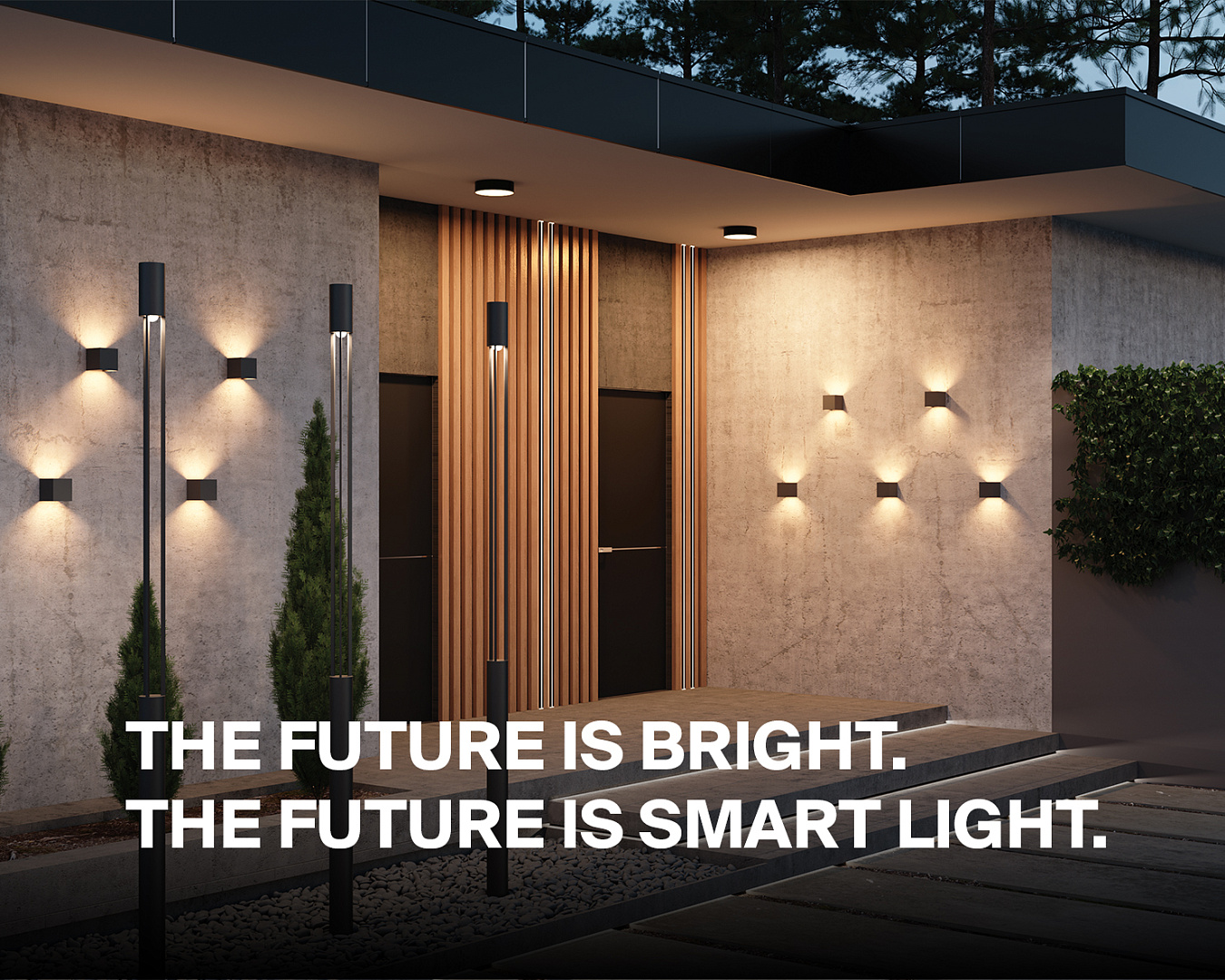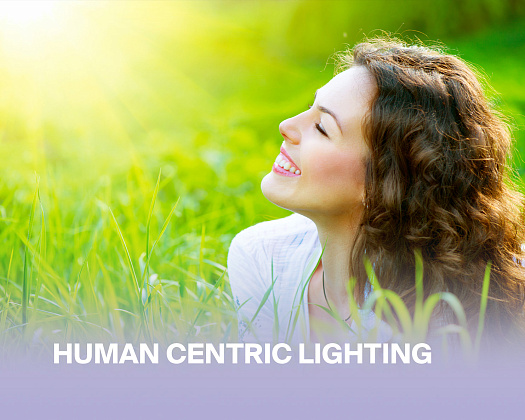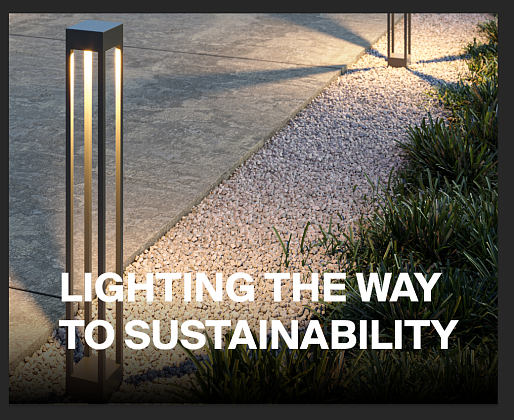
Buildings use a great deal of energy. Within the EU, they are responsible for and 36% of greenhouse gas emissions. To optimise and manage this energy usage, a Building Energy Management System (BEMS) can be used that integrates various energy-consuming systems, such as heating, ventilation, air conditioning, lighting and power, into a central platform.
BEMS gather information about energy usage across different systems, providing a comprehensive picture of the building's energy consumption. It also allows building managers to control and optimise these systems. This could involve adjusting heating settings based on occupancy, automatically dimming lights when not in use, or scheduling power usage during off-peak hours.
So how does this translate to homes and individual power consumption, specifically lighting? Rather than having BEMS installed, homes are more likely to employ building controls such as a smart home system.
Smart home systems
Many new appliances and devices we use in our homes are now ‘smart’. They can be linked via an internet connection to be remotely monitored and managed and can include all manner of device from fridge to home security to lighting. They work together to create a remotely manageable network, giving a homeowner a sense of security, comfort and control, and all through an app, smartphone or other networked device (iPad, for example).
Smart lighting
The bulbs we use are becoming increasingly more energy efficient, and initial consumer confusion at the choice and output of LEDs is easing. Packaging is becoming clearer, so consumers are better equipped to make the right choices for their lighting needs in terms of colour and output. And lighting manufacturers are getting more intuitive when it comes to lighting design, making sure they offer smart solutions alongside the more traditional lighting options.
Smart light bulbs
These can be connected to a smart home hub – a phone, device or app – and then switched on (and off) remotely. Smart systems can even learn typical routines and start to dim lights 15 minutes before bedtime. Plus, no more leaving lights on all day or in rooms with no occupants. They can also be used in commercial environments to control lighting at the start or end of the day, also helping to cut down on light pollution.
Motion-sensor lights
Some lights will only go on when they detect motion – for the homeowner this is usually external lighting, such as security lights in gardens pathway lights, only going on when triggered by movement. These lights do not need to be connected to a smart home hub. Street lights and building lights are often motion-sensored.
Smart lighting and Maytoni
The efficacy of smart lighting ultimately comes down to the type of lights being used. With outdoor security lighting, it needs to be positioned for maximum benefit for security of the property – directed downwards and not illuminating beyond, causing discomfort and light pollution. Architectural lighting should be low wattage to benefit the user and not unnecessarily light up the neighbour’s garden – take a look at for examples.
has several criteria to meet. We design all our lighting to be fit for purpose, emitting the amount of light needed; energy efficient and only illuminating the required area, to remain unobtrusive; and aesthetically pleasing and long-lasting, with longevity and high quality manufacture. Using smart light bulb technology brings extra efficiencies.
Smart homes and the environment
Many new homes are being built with smart technology integrated. One of its big advantages is a reduction in carbon emissions – many countries are facing high-cost energy bills and need to find ways to reduce energy costs and emissions, as well as introducing new energy sources. The BCIA (Building Controls Industry Association) has a to convince the UK government to include building controls and BEMS as a core component of new builds or refurbishments. At COP 28, King Charles III said our future generations “will be living with the consequences of what we did or did not do”. Drastic action is needed now, and we need to act together, adopting across-the-board initiatives. And that includes lighting solutions.





